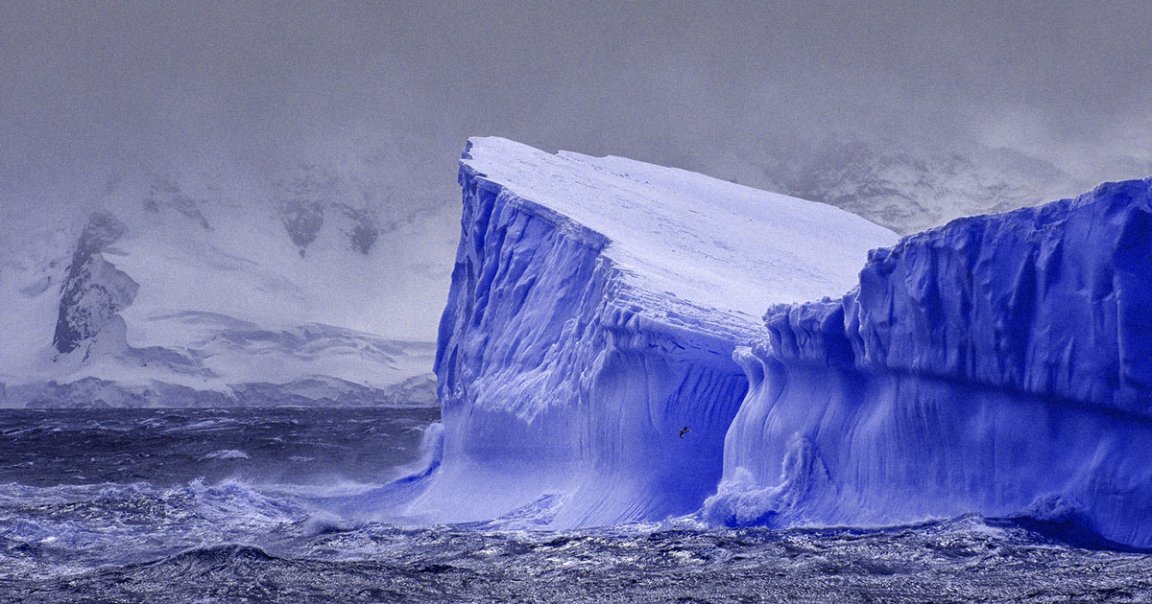
Ice Slice
Researchers are increasingly concerned about a huge chunk of ice — larger in area than Mexico — failing to refreeze as seasonal temperatures drop in Antarctica.
The continent’s sea ice had already hit a record low in February, for the second year in a row. Now, there’s far too much ice on the move around Antarctica, worrying scientists who are now hurriedly trying to get a better understanding of what’s happening.
In other words, it’s just another troubling sign of cascading climate effects that could be felt across the entire planet.
“Unprecedented is a word that gets bandied around a lot, but it doesn’t really get to just how shocking this is,” Hobbs, a sea ice scientist at the University of Tasmania, told The Guardian. “It is very much outside our understanding of this system.”
Frozo Baggins
Usually this time of year, sea ice returns to Antarctica at a somewhat predictable rate. But the extent of refrozen sea ice is falling far short of predictions this month. According to satellite data, 5.4 million square miles of ice refroze, falling roughly 0.9 million square miles short of where experts would expect it to be.
The news was met with bewilderment among researchers.
“There’s a sense that something weird is going on,” Walt Meier, a senior scientist at the National Snow and Ice Data Center at the University of Colorado, told The Guardian. “It’s dropping way below anything we have seen in our record.”
We’ve seen strong declines in the amount of Antarctica’s sea ice since 2016, with experts still debating how much human activity is contributing to the trend. Concrete evidence is proving hard to come by, due to the complexity of the continent and its surrounding ocean’s dynamics.
Ocean Motion
Now, in light of these off-the-chart numbers, scientists are calling for a very different conversation.
“The Antarctic system has always been highly variable,” Ted Scambos, a glaciologist at the University of Colorado Boulder, told CNN. “This [current] level of variation, though, is so extreme that something radical has changed in the past two years, but especially this year, relative to all previous years going back at least 45 years.”
“Since 2016, it’s remained low, and now the bottom has fallen out,” Scambos added. “Something major in a huge part of the planet is suddenly behaving differently from what we saw for the past 45 years.”
More on Antarctica: Antarctic Ice Reaches “Record-Smashing Low,” Alarming Scientists